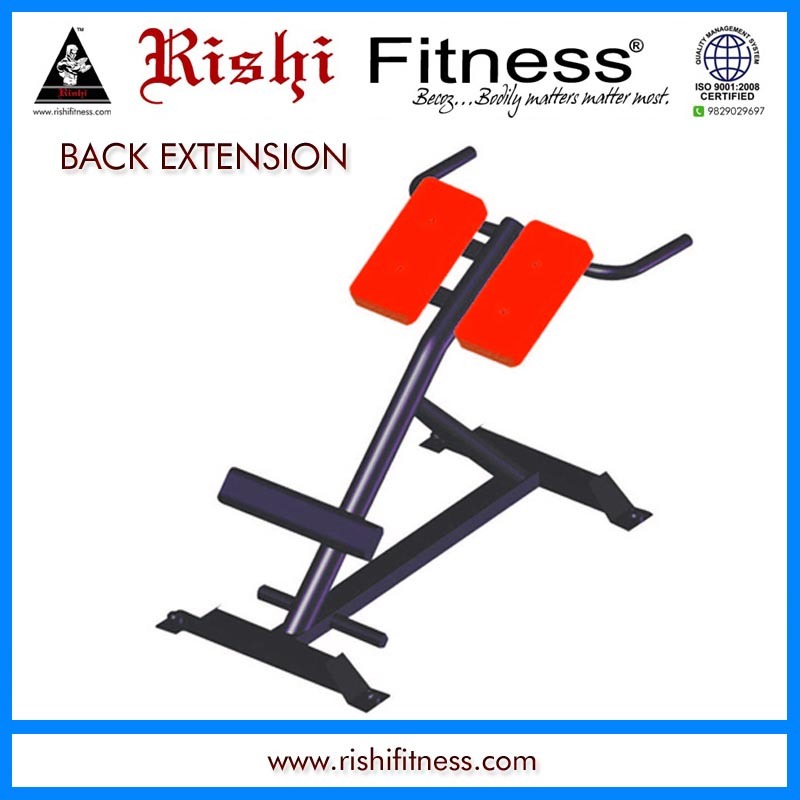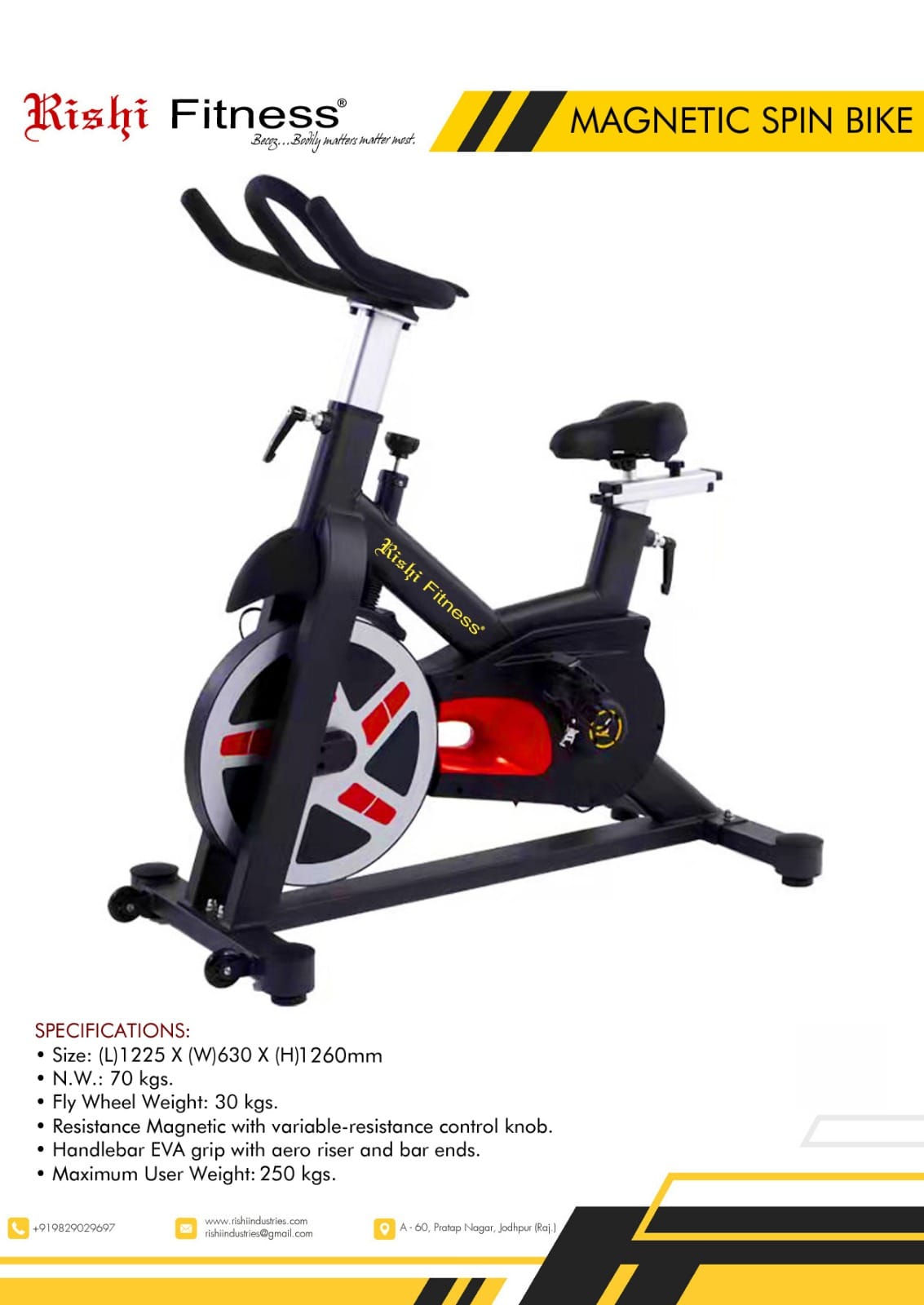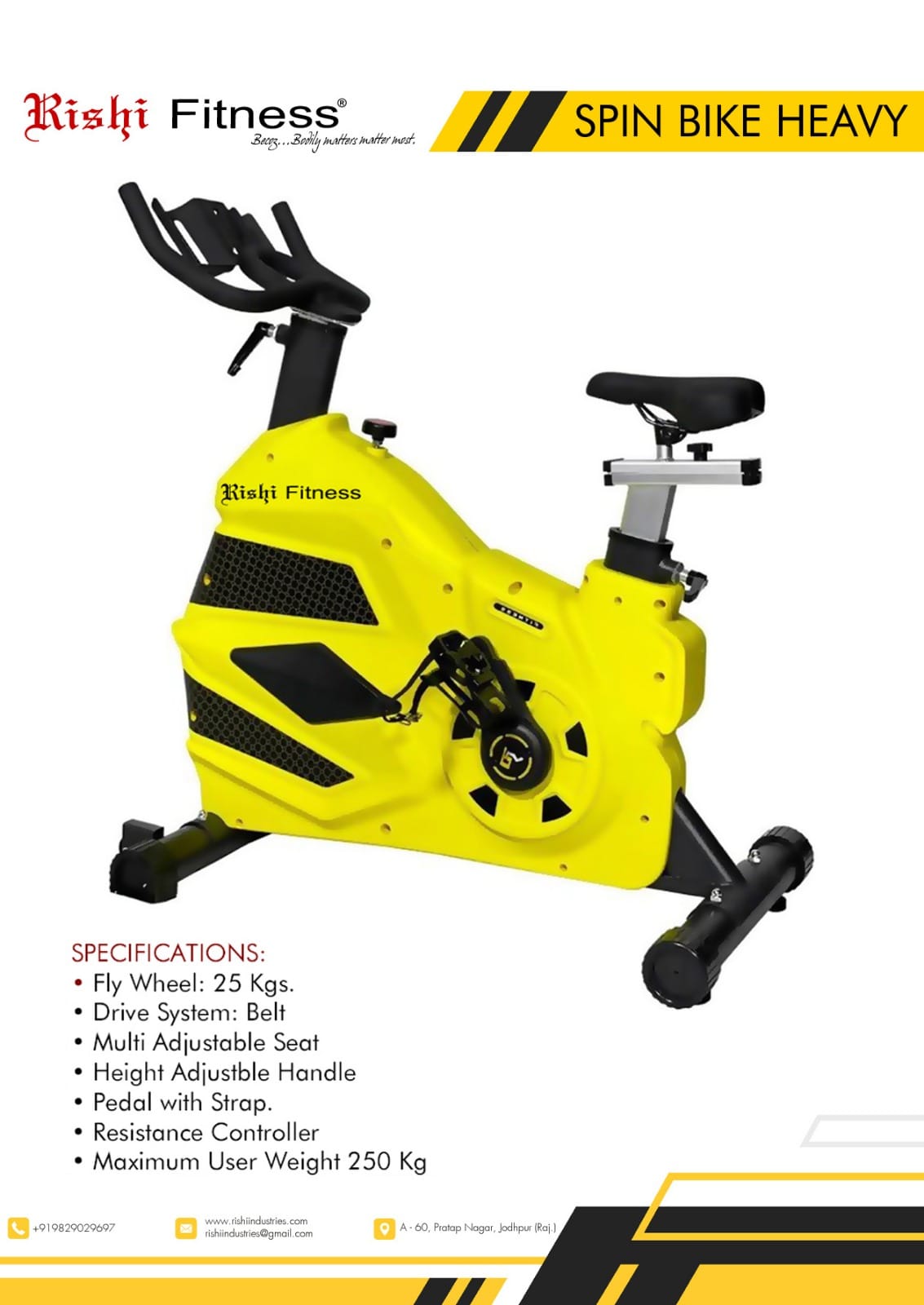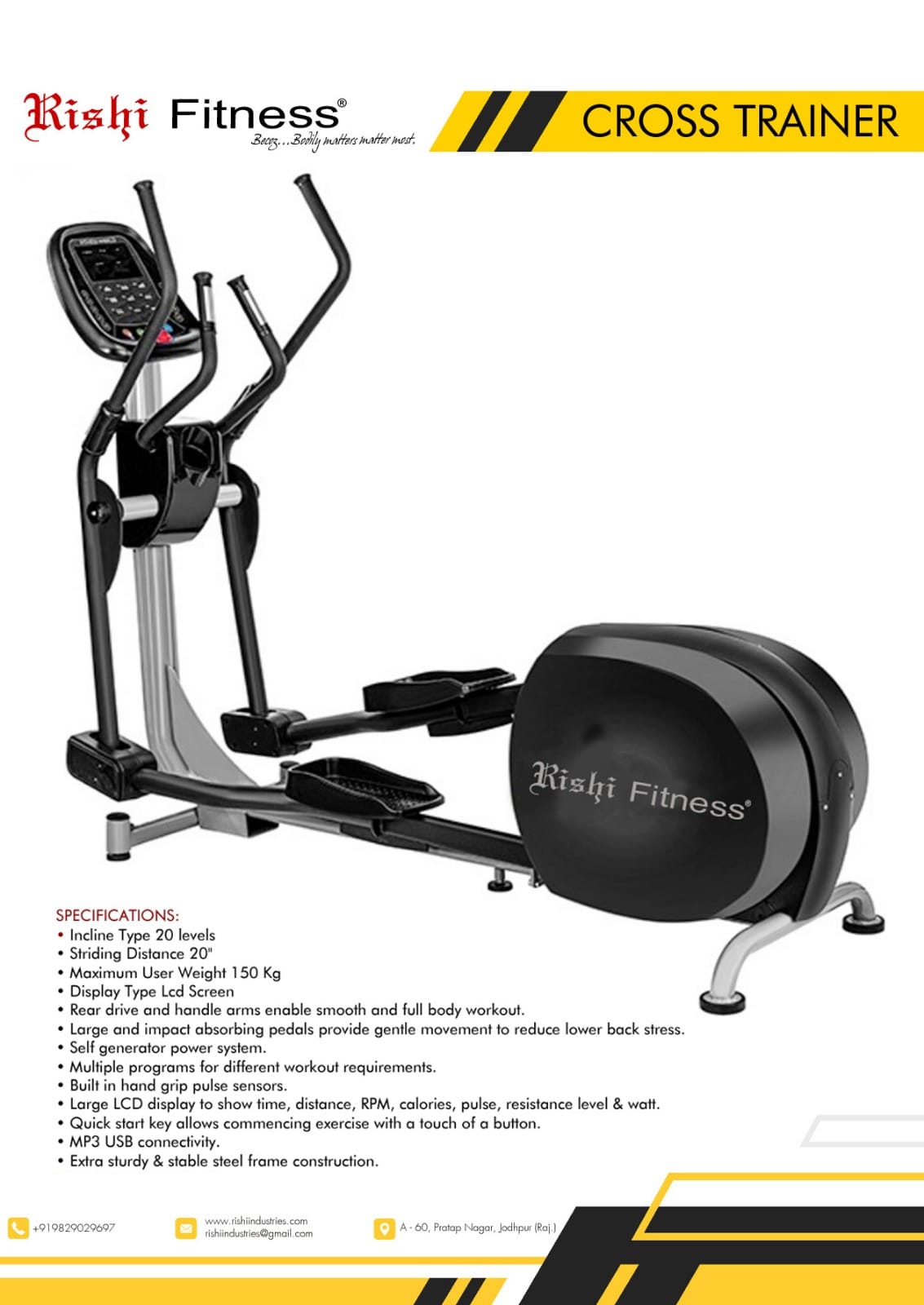Description
Product details
A Back Extension is a common exercise or piece of fitness equipment designed to target and strengthen the muscles of the lower back, primarily the erector spinae. It is often included in workouts aimed at improving core strength, posture, and lower back stability. The exercise can be done either using a machine, a stability ball, or simply on the floor, depending on the desired level of difficulty and available equipment. Types of Back Extension Exercises: 1. Back Extension Machine (Roman Chair): This is a piece of gym equipment where you perform the back extension exercise by hinging at the hips. You lie face down with your thighs supported and your feet locked in place. From there, you raise your upper body until your torso is in line with your legs. Target Muscles: The primary muscles worked are the erector spinae (lower back), but this exercise also engages the glutes, hamstrings, and sometimes even the core. How to Perform: Position yourself on the machine so that your upper thighs are supported and your hips can hinge freely. Keep your back straight and cross your arms over your chest or place them behind your head. Lower your torso towards the ground slowly, then raise your upper body back up to the starting position, ensuring that you engage your lower back muscles to lift. Avoid hyperextending your back (arching excessively) at the top of the movement to prevent injury. 2. Floor-Based Back Extensions (Supermans): Description: You lie face down on the floor with your arms extended in front of you and legs straight. From this position, you lift your arms and legs off the ground simultaneously (similar to the "Superman" pose), which engages the muscles in the lower back, glutes, and shoulders. How to Perform: Lie flat on your stomach with your arms extended straight in front of you and legs extended. Simultaneously raise your arms, chest, and legs off the floor, holding this position briefly at the top. Lower back down slowly to the starting position and repeat for the desired number of reps. 3. Stability Ball Back Extensions: This version of the back extension uses a stability ball to help with balance while performing the exercise. The ball provides an unstable surface, which forces your core to work harder. How to Perform: Lie with your stomach on the stability ball and position your feet flat on the floor for stability. Place your hands behind your head or crossed over your chest. Slowly lower your upper body towards the ground, and then raise your chest back up until your torso is aligned with your legs. Repeat for the desired number of reps. 4. Reverse Hyperextension: A more advanced version of the back extension, this exercise is often done using a reverse hyperextension machine. It targets the glutes and lower back while also improving flexibility and posture. How to Perform: Lie face down on a bench with your legs hanging off the edge. Lift your legs towards the ceiling using your glutes and lower back muscles, keeping your knees straight. Lower your legs back down and repeat. Benefits of Back Extensions: Strengthens the Lower Back: The exercise helps develop strength in the erector spinae muscles, which run along your spine and are essential for posture, stability, and supporting your body during everyday activities. Improves Posture: Strengthening your lower back can help improve overall posture by promoting a neutral spine and reducing the risk of slouching or rounding of the back. Injury Prevention: A strong lower back can help prevent injuries related to poor posture, heavy lifting, or overuse. It also reduces the risk of developing lower back pain, especially for those who sit for long periods. Core Stability: The exercise activates the core muscles, including the abdominals, obliques, and hip flexors, contributing to overall core stability. Glute Activation: Back extensions also target the glutes, helping to tone and strengthen this area. Tips for Safe and Effective Back Extensions: Avoid Overarching: Don't overextend your back at the top of the movement. Hyperextending the spine can lead to injury. Controlled Movement: Perform the exercise with slow and controlled movements to ensure you're engaging the correct muscles, rather than using momentum. Engage the Core: Keep your core engaged throughout the exercise to protect your spine. Start with Lower Reps: If you're new to back extensions, start with fewer repetitions and gradually increase as you build strength. Conclusion: Back extension exercises are a great way to build a stronger, more stable lower back and improve posture. Whether you're using a machine or doing bodyweight exercises at home, incorporating back extensions into your routine can help you develop a well-rounded core and prevent injuries.






